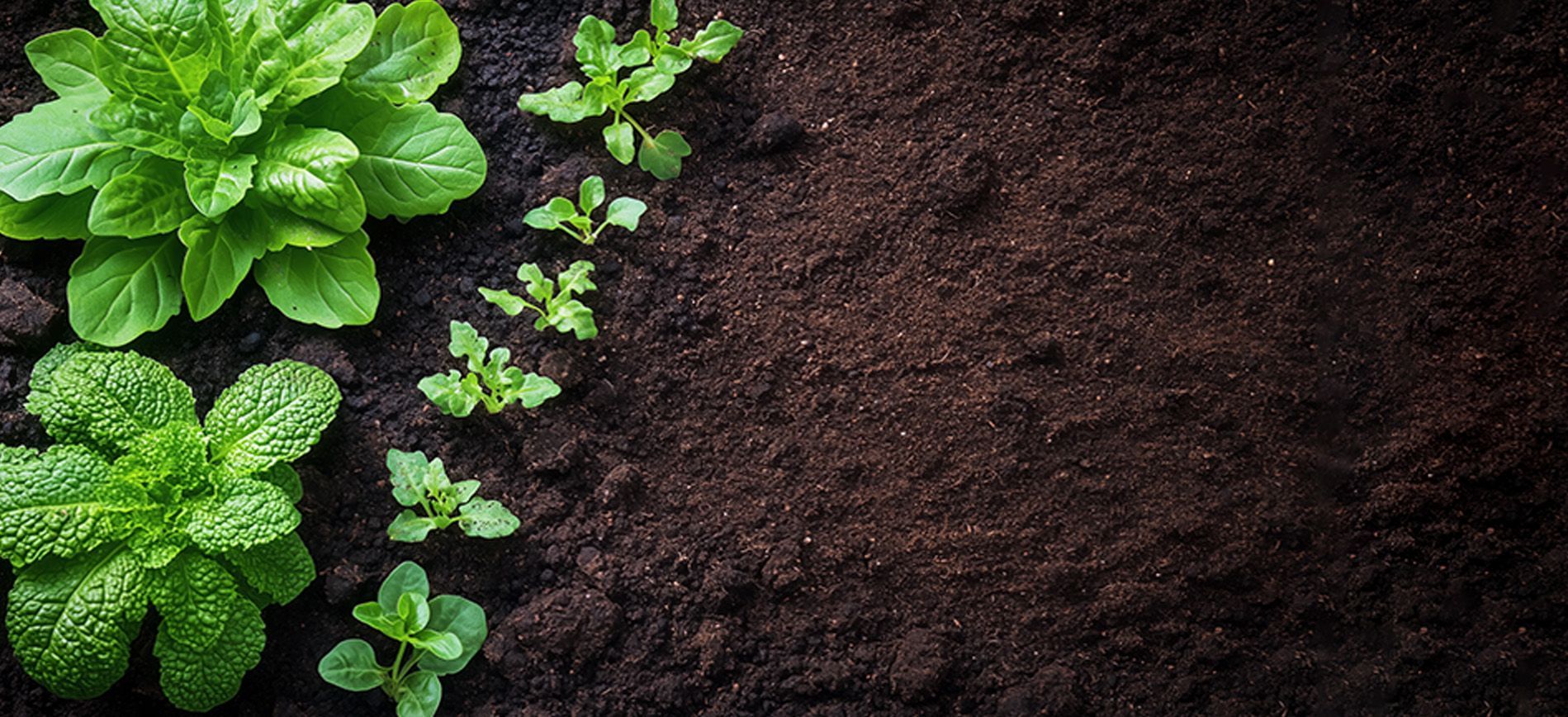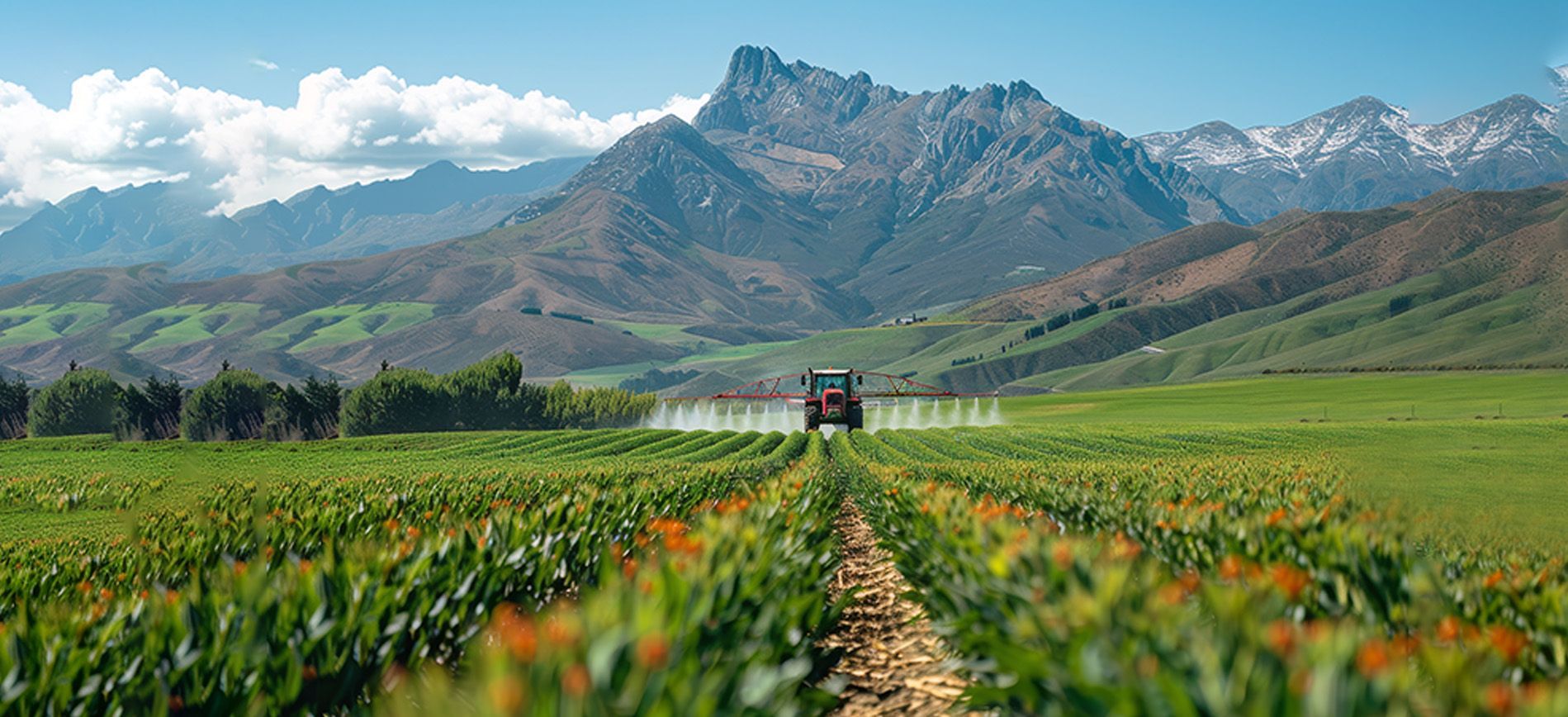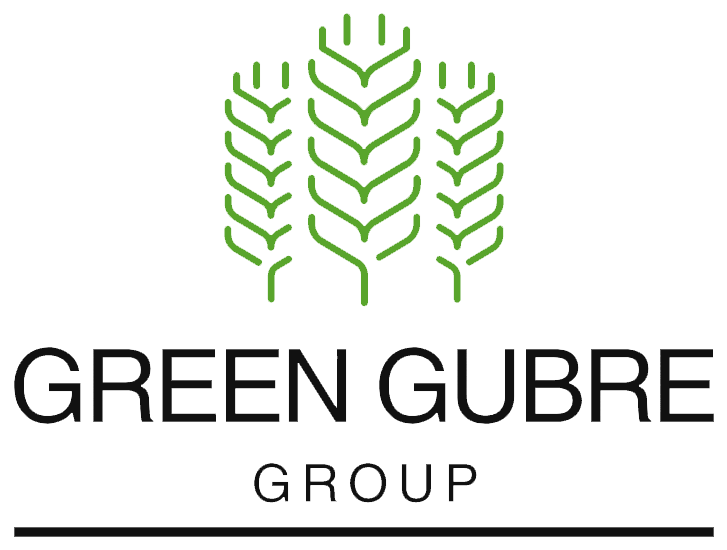Unlocking Africa’s Agricultural Growth: The Strategic Role of Fertilizers in 2025
Unlocking Africa’s Agricultural Growth:
The Strategic Role of Fertilizers in 2025

Africa is at a crucial juncture in its agricultural journey. With over 60% of the world’s uncultivated arable land and a population projected to surpass 2.5 billion by 2050, the continent has the potential to emerge as a global food powerhouse. However, to realize this potential, one key factor remains essential—fertilizers. In 2025, the demand for nitrogen-based, phosphate, and NPK fertilizers continues to grow, supported by government-led subsidy programs, private-sector investments, and expanding agricultural trade.
This blog explores the trends shaping Africa’s fertilizer market, key demand centers, import dynamics, and opportunities for global suppliers.
Why Fertilizers Matter for Africa’s Agricultural Future
Low fertilizer use has long been a constraint on Africa’s agricultural productivity. On average, African farmers apply less than 20 kg of fertilizer per hectare—far below global averages. This underuse has contributed to poor soil health, limited yields, and vulnerability to climate shocks. In 2025, the role of fertilizers in improving food security will be central to the continent's agricultural growth, rural development, and economic resilience.
Key Drivers of Fertilizer Demand in Africa
1.Population Growth & Food Security
With rapid population expansion, especially in countries like Nigeria, Ethiopia, and the DRC, fertilizer use is critical to increase food production and prevent supply shortages.
2. Government Subsidy Programs
- Nigeria: The Presidential Fertilizer Initiative (PFI) continues subsidizing fertilizer costs and supporting local blending plants.
- Ghana: The “Planting for Food and Jobs” program drives fertilizer use among smallholder farmers.
- Kenya & Ethiopia: National fertilizer distribution programs aim to reduce import costs and improve accessibility in rural areas.
3. Import Dependence & Port Expansion
Africa relies heavily on imported fertilizers. Countries such as Ghana, Nigeria, Senegal, and Kenya import granular urea, ammonium sulfate (SA), DAP, and NPK blends.
Ports like Lomé (Togo), Abidjan (Côte d’Ivoire), and Dar es Salaam (Tanzania) are evolving into regional hubs for fertilizer storage and distribution, supporting trade flows into landlocked markets like Burkina Faso, Mali, and Rwanda.
4. Private Sector Investment & Partnerships
Companies like OCP Africa, Green Gubre Group, and local agri-cooperatives are investing in fertilizer blending facilities, storage terminals, and farmer training to boost adoption and efficiency.
Most Demanded Fertilizers in Africa (2025)
| Fertilizer Type | Usage & Application | Key Markets |
|---|---|---|
| Granular Urea (46%N) | Cereal crops (maize, wheat, millet) | Nigeria, Ghana, Tanzania |
| NPK (15-15-15 & 20-10-10) | Cocoa, cassava, rice | Côte d’Ivoire, Ghana, Togo |
| Ammonium Sulfate (SA) | Acidic soils & sulfur-deficient zones | Kenya, Malawi, Uganda |
| DAP | High phosphorus requirement crops | Ethiopia, Sudan, Senegal |
Challenges & Solutions
- Logistics & Infrastructure Gaps: Poor road connectivity and port congestion hinder fertilizer distribution inland.
Solution: Investing inland storage depots and rail-linked dry ports can improve efficiency.
- Affordability for Smallholders: Fertilizers remain expensive for many farmers.
Solution: Targeted subsidies, micro-financing, and cooperative bulk purchases can increase access.
- Soil Health & Overuse Risks: Unbalanced application without soil testing can harm long-term productivity.
Solution: Integrated Soil Fertility Management (ISFM) and training programs are crucial.
Future Outlook: A Fertile Opportunity
Africa’s fertilizer demand is projected to grow by 5-7% annually through 2030. Emerging free trade policies under the African Continental Free Trade Area (AfCFTA) and climate-smart farming techniques will support this trend. Suppliers with logistics flexibility, competitive CIF pricing, and value-added services (like agronomic advice) will find enormous growth opportunities across the continent.
Conclusion
Africa’s journey to agricultural transformation is deeply tied to fertilizer accessibility. As governments, private enterprises, and global partners align efforts, 2025 could be a turning point in achieving food security and sustainable development across the continent. Suppliers looking to invest in long-term growth should look no further—Africa is ready.




